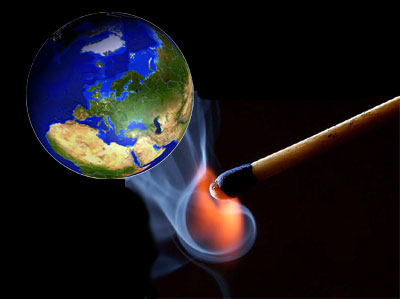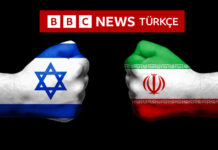I have always maintained that nationalism is the ideology of advancing the nation. To do this national unity has to be forged out of diverse ethnic, religious and cultural groups under a political super-identity into which each group fits with some degree of comfort and satisfaction; a sustainable, relatively efficient and inclusive economy; and utopias depicting a better future to generate a sense of hope and common fate/agenda. The second aim of nationalism ought to be to secure a respectable place for the nation and the national state at the international scene. With a failing state and a national image no society may have a revered place among the family of nations. So the national state must be vibrant, inclusive and successful for nationalism to be successful and ideologically cohesive. Or what?
Well, if not, nationalism turns into a defensive ideology at the international scene and a divisive ideology within given the diversity of the society. If the national state fails to deliver its promises of freedom, equality. welfare and respect it can not generate consent and solidarity that are imperative for nation building and sustenance. Then it increasingly relies on coercive methods to hold the ‘nation’ together. Nationalism ceases to be the ideology to enhance the nation but a vehicle to reinforce the state.
However a failing state, that is by definition authoritarian, generates incessant frictions between included and excluded groups. The end result is fragmentation of the non-inclusive national identity into communal loyalties. Systemic crises reinforce this search of communalism.
Given this theoretical backdrop, another thing happened simultaneously in recent decades besides the erosion of enforced (not consensual) national identities because the national state failed to deliver what it promised on the onset. Globalization deprived the national state of its instruments to control and to satisfy its citizens. Citizens felt bereft of the security (no matter how partial) and the support of their traditional values and reference systems that were no more relevant in the face of global challenges.
People had two choices: 1) to seek refuge in newly made or defined communities and; 2) to reinvent national symbols that are commonly shared in the society. Both processes worked simultaneously. However, what is at issue is not nationalism. At best it is pseudo-nationalism that is based on fear of the external and the unknown (an indefinite future mare than anything else and perceived insufficiency of the national state). The generation of (pseudo) nationalism is made easier by unearthing the past traumas and the wounds they had inflicted on the national psyche. There is nothing healthy or therapeutic about this process. On the contrary it creates a feeling of victimization and a mixed feeling of anxiety and anger against alien and inimical forces/actors. They are perceived as enemies and causes of all the pain that the nation has suffered in the past and about to suffer in the near future.
Then, it hard to call this process ‘surge of nationalism’. On the one hand there is growing communalism. On the other, there is a surge of potent and negative feelings against the failures of the state/system and the international system (globalization) that has disrupted the traditional life of insufficiently developed societies. The only available shelter larger than the communal identity is the already failing national state that needs to be reinforced to protect its unprotected citizens. This may seem like a contradiction but it is a real phenomenon although seemingly a futile effort to reinforce and to revitalize the national state in order to eliminate the fears and the frustration of the people who seek its protection.
There are two key ingredients of this pseudo-nationalist surge: fear and frustration. The combination of these is explosive in that it leads to rage and violence if other conditions avail. Other conditions are encouragement and protective leniency of official circles in order to get rid of the ‘enemies’ of the nation and thuggish role models who are exalted as ‘heroes’ by popular culture through the media. So were treated the assassin of Hrant Dink (Ogun Samast) and the man who shot Pope Jean Paul II (Mehmet Ali Agca) nearly thirty years ago. Both are hailed as ‘nationalists’ by those groups who feel threatened by non-national forces. But in fact both figures hate many groups in the (political) nation as defined by the constitution and identify themselves not with the whole but a faction of the nation that is either ethnically, religiously or politically defined or a combination of these. Why?
It is because the ’national identity’ and/or the national state does neither include nor satisfy them as well as certain sections of the nation. Ensuing fragmentation/communalism further leads to anxiety of dissolution of national unity. That is why even the communities use common nationalistic symbols and seek a common ideological shelter. This shelter is found in the persona of the state divorced from the original concept of the nation that is defined as homogeneous and harmonious. If this process leads to an inclusive state structure that reconciles differences rather than dictates uniformism, and if this communalism leads to a pluralist understanding of the nation, then there is hope for democracy and a state that is respectful of diversities and rule of law. Otherwise there is more stormy weather ahead.










